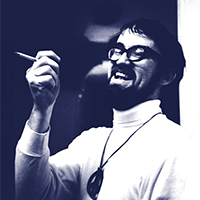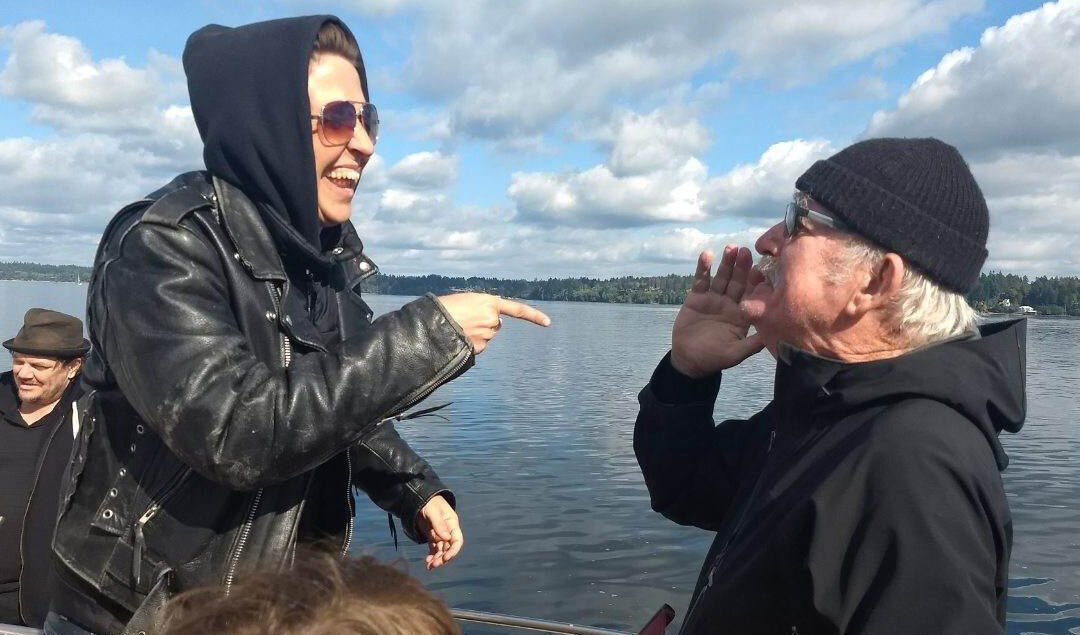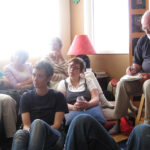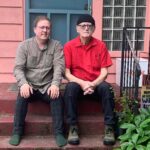CLOSING: The good fight
These reflections offer a few snapshots of Dan Leahy’s organizing work and his mark on the world. I didn’t talk about his persistent political education with the firefighters over decades, so much so they awarded him a golden axe. (He had to remove it from its place on the basement wall so it wouldn’t fall on a sleeping grandchild.)
Or his extraordinary participation on the frontlines of the migration crisis supporting refugees in Greece. He ran for State Superintendent of Public Instruction in1996 and won the endorsement of the State Labor Council. He organized in Wisconsin to recall Governor Scott Walker to help move the base of working people who rose up against austerity in 2011.
Dan looks for the good fights. The fights where he can bring what he knows and learn more of what he doesn’t. Dan Leahy followed his heart and was moved by the people.
The fundamentals of organizing play out in every terrain Dan operated on. Cross-border organizing to defeat NAFTA and local neighborhood organizing to defeat private developers require the same critical questions be answered:
What is happening? Who is benefitting? Who is harmed? Who can be moved? What is the organization that will be most effective? What is the vision and strategy that unites us? Where are the resources? How do we challenge power directly? What do we do when we win?
Critical details of the organizing process go missing if we don’t tell these complete stories of the people who ask and answer those questions. Who are these people who believe in other people enough to take the risks to start something? Who creates the agenda? Who types up the notes? Who spends time with the enemy to better understand what we’re up against? Who fights for the survival of the organization? Who bears the full weight of the failures and only a slice of the victories? How do we do this thing we care so much about? Over and over and over.
In 2001, Dan and I taught a summer class at Evergreen. In one of the weeks, we analyzed the recent organizing we had done to shut down the World Trade Organization in 1999 and to connect the victory to the effects on global financial systems. It was thrilling to teach and collaborate on curriculum and write talks about our own organizing. We had made history and we needed to study how. We also studied science fiction and global movements in that class. We watched a Ken Loach film about the Spanish Civil War, and I caught him crying at the end of it. Scribbling in his notebook – I can’t watch us get beat anymore. My heart moved towards this man in a new way, his deep love for the people, his people, the people we move with, the people who want something different.
And it was in teaching that class with Dan that I fell in love with educating, but I didn’t want to teach students in a college. I wanted to be part of learning and education spaces with organizers and people on the frontlines. I left Olympia to go work at Project South a year later.
Dan followed my work in the South for the last twenty years, sometimes traveling down, participating in the U.S. Social Forums, connecting to the People’s Movement Assembly process, participating in almost every Southern Movement Assembly general call for the last 10 years. Organizing the first Juneteenth action in Olympia, Washington in 2020 to call for justice for George Floyd, inspired by our Southern Spring.
Dan gave me my copy of Sun Tzu’s Art of War when I moved back South after eight years in Washington. It is a worn-out copy that is marked up with his signature capital block letters. It is held together by a rubber band and tucked inside a manila envelope that says: “Conquer the defeated enemy.” I think that means outsmarting the opposition so that you do not have to fight. The gift means he thinks I can do something with it. A gift and a responsibility. To know the enemy and to know myself. To understand context and history in order to work the plan and plan to win.
I learned something from every conversation I had with him, from every one of his talks that I read or re-read that he typed up. The thoughtfulness of the strategies and proposals. The consistency of creating tactical ways for people to engage, decide, and act. I learn from just writing out my own thoughts and analysis, knowing and trusting that he would read them with a careful eye.
To learn with Dan was to learn a way of thinking, to practice a rigor of curiosity, and to create consistency within collective action.
We are tied to one another beyond title. No longer boss and staff. No longer mentor and young organizer. We are a kind of family that chooses one another. We challenge each other and learn from one another. We listen to each other and sharpen our tools and our weapons to go back out.
We are tied to one another by this legacy of work and learning. I am honored to write this synthesis of his organizing lessons over 60 years of dedicated life. I am also committed to continue in my own path, to not get beat, to reflect on it if we do, to build something that we both have not yet imagined.
One of Dan’s major strengths was research and investigation, and he was clear about why an organizer needs to do it. “You got to know how it works. You need to identify the central question. You have to remember that you cannot know the answer beforehand, and the solution cannot be a prescription. And you have to share it. If you find a good history of the terrain, send it to the people who can use it.”
This relationship is a significant part of my terrain. A rich place of sanctuary, stimulus, and communion. I gift this brief history with love, not just for this man but for the people who are committed to fight and build a different world. The people who can use it.
Return to Framework for Organizing



